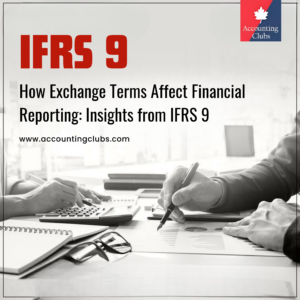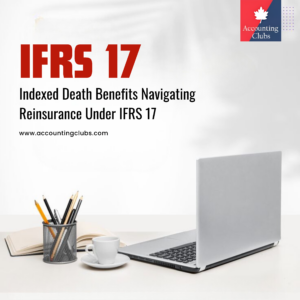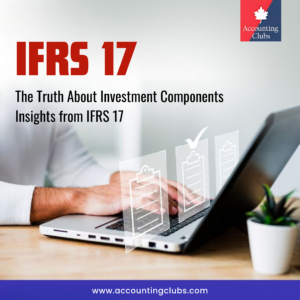Understanding Indexed Death Benefits in Reinsurance: Implications for IFRS 17
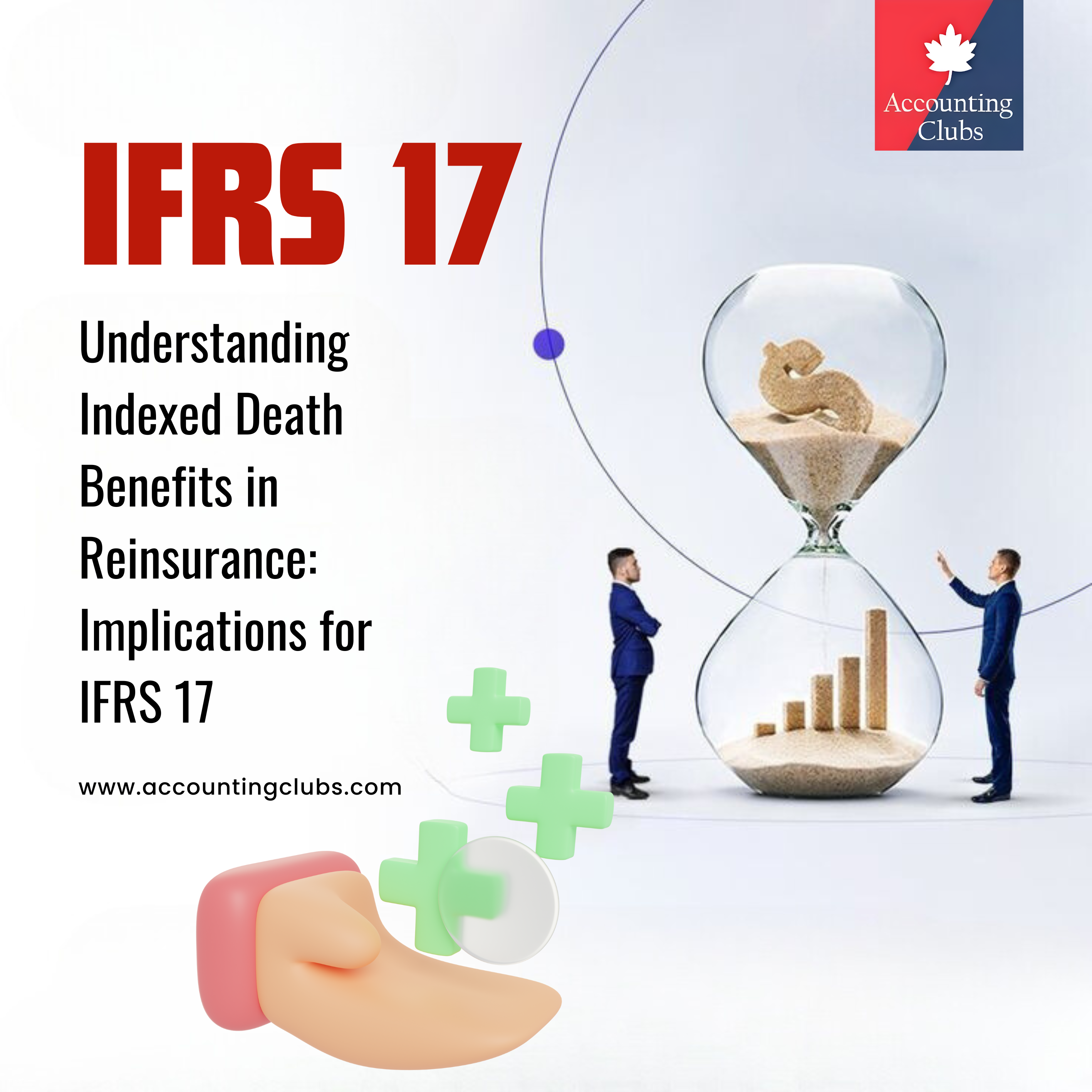
The classification of reinsurance contracts under IFRS 17, particularly those that cover the movement in the value of a death benefit as a result of changes in an index, is a nuanced topic that requires an understanding of both the accounting standards and the underlying financial instruments involved. This article aims to explore this classification in detail, providing insights into practical implications for financial statements and balance sheets.
Understanding Reinsurance Contracts under IFRS 17
IFRS 17, which became effective on January 1, 2023, fundamentally changes how insurance contracts are accounted for, including reinsurance contracts. Under this standard, reinsurance contracts are treated similarly to insurance contracts but with specific considerations for their unique characteristics.
Classification Criteria
To classify a reinsurance contract effectively, several key criteria must be evaluated:
- Coverage of Risks: The primary purpose of the reinsurance contract must be to transfer risk. In the case of contracts that cover death benefits indexed to market movements (such as equity indices), it is essential to assess whether the contract provides significant protection against variability in cash flows due to market risks.
- Measurement Models: IFRS 17 introduces two measurement models: the General Measurement Model (GMM) and the Premium Allocation Approach (PAA). The choice between these models depends on the contract’s duration and complexity. For instance, long-term indexed death benefit contracts may be more suitably measured under GMM due to their complexity and potential variability in cash flows.
- Contractual Service Margin (CSM): The CSM represents the unearned profit of an insurance contract that will be recognized as revenue over time. For reinsurance contracts covering indexed death benefits, understanding how changes in index values affect the CSM is crucial for accurate financial reporting.
Embedded Derivatives Consideration
Contracts that include features linked to indices may contain embedded derivatives. Under IFRS 17, these derivatives must be separated from the host contract if they meet specific criteria outlined in IFRS 9. For example, if a reinsurance contract offers a death benefit that increases with an index’s performance, this feature might be classified as an embedded derivative. Properly identifying and measuring these components is essential for accurate financial statements.
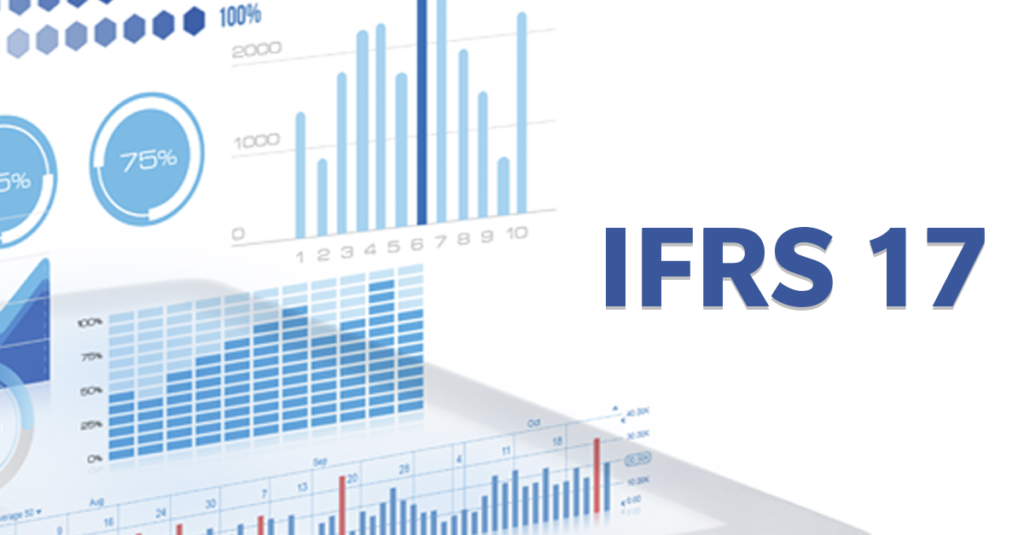
Practical Implications for Financial Statements
Impact on Balance Sheets
The classification and measurement of reinsurance contracts significantly affect balance sheets:
- Reinsurance Assets: The present value of expected recoveries from reinsurers must be recognized as a reinsurance asset. This asset reflects future cash inflows expected from claims covered by the reinsurance agreement.
- Liabilities: The liabilities associated with the underlying insurance contracts must also be adjusted based on the terms of the reinsurance arrangement. For instance, if a reinsurer covers losses that are indexed to market movements, the liability recognized on the balance sheet may fluctuate based on changes in those indices.
Example Scenario
Consider a life insurer that has issued policies with a guaranteed minimum death benefit indexed to an equity index. If this insurer enters into a reinsurance contract covering these policies:
- Initial Recognition: At inception, the insurer would recognize both a liability for its insurance obligations and an asset for expected recoveries from the reinsurer.
- Subsequent Measurement: As market conditions change and affect the value of the indexed death benefits, both the liability and asset would need to be reassessed periodically. If market indices rise significantly, increasing potential payouts under policies, this would necessitate adjustments in both asset and liability valuations on the balance sheet.
Earnings Volatility
One critical aspect of IFRS 17 is its potential to introduce earnings volatility due to mismatches between how insurance and reinsurance contracts are measured. For example, if an insurer uses GMM for its life insurance products but opts for PAA for its short-term reinsurance contracts, discrepancies may arise in profit recognition timing.
Classify reinsurance contracts with index-linked death benefits
IFRS 17 applies to all insurance contracts, including reinsurance contracts held by an entity. The standard defines insurance contracts as those that transfer significant insurance risk from one party (the issuer) to another (the policyholder) in exchange for premium payments. For reinsurance contracts covering indexed death benefits, it is crucial to assess whether they meet the definition of an insurance contract as outlined in IFRS 17.
Risk Transfer Assessment
A fundamental requirement for a contract to be classified as an insurance contract under IFRS 17 is the transfer of significant insurance risk. In the case of index-linked death benefits, the insurer must evaluate whether fluctuations in the index result in a significant change in the cash flows related to the contract. If the payment structure is designed such that it compensates for changes in an index while also covering mortality risk, it may fulfill this criterion.

Measurement Approaches
IFRS 17 introduces two primary measurement models: the General Measurement Model (GMM) and the Premium Allocation Approach (PAA).
- General Measurement Model (GMM): This model is typically applied to long-duration contracts, including those with complex features like index-linked benefits. It requires entities to measure contracts at initial recognition based on fulfillment cash flows, which include estimated future cash flows, a time value adjustment, and a risk adjustment for non-financial risks. The contractual service margin (CSM), which represents unearned profit, is recognized over the coverage period.
- Premium Allocation Approach (PAA): This simplified approach can be applied to short-duration contracts or those with coverage periods of one year or less. While PAA may not be suitable for most index-linked death benefit contracts due to their complexity and duration, it is essential to consider when evaluating similar products.
Embedded Derivatives Consideration
Contracts with index-linked features may contain embedded derivatives that need to be assessed separately. According to IFRS 9, if an embedded derivative is closely related to the host contract, it should not be separated. For instance, if the payment linked to an index is contingent upon an insured event (like death), and if this payment structure is integral to the overall risk transfer, it may not qualify as a separate derivative.The key point here is that payments linked to indices do not create a non-closely related embedded derivative if they are triggered by an insured event and involve significant insurance risk transfer
This means that insurers must carefully evaluate their products’ features to determine how they should be accounted for under IFRS 17.
Practical Implications on Financial Statements
Impact on Balance Sheets
The classification and measurement of reinsurance contracts significantly influence financial reporting:
- Reinsurance Assets: Entities must recognize reinsurance assets reflecting expected recoveries from reinsurers. For example, if a reinsurer covers indexed death benefits, this asset will fluctuate based on changes in expected claims resulting from market movements.
- Liabilities: The liabilities associated with underlying insurance contracts must also be adjusted according to reinsurance agreements. If market indices rise substantially, leading to increased potential payouts under life policies, this would necessitate adjustments in both asset and liability valuations on the balance sheet.
Conclusion
The classification of reinsurance contracts under IFRS 17 requires careful consideration of risk transfer mechanisms, measurement models, and embedded derivatives. Students studying foreign accounting standards must grasp these concepts thoroughly to navigate complex financial landscapes effectively.




